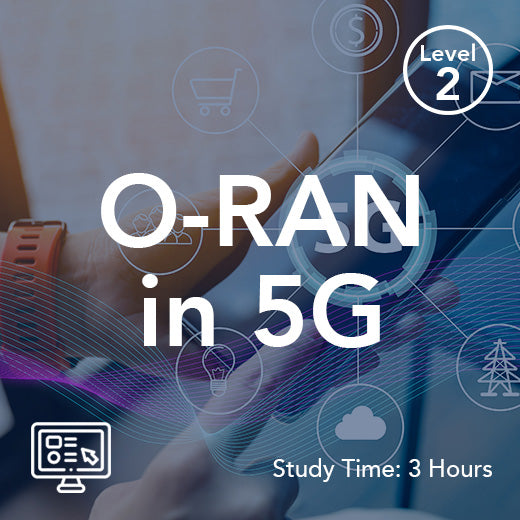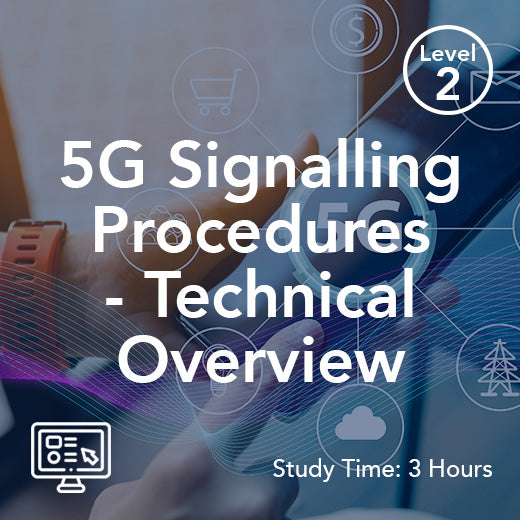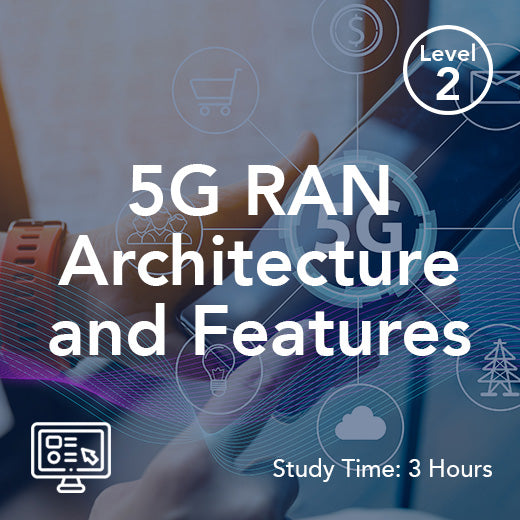Understanding the Basics of Point Coordination Function in Telecom
- , by Stephanie Burrell
- 8 min reading time
In the ever-evolving world of telecommunications, understanding the basics of certain functions, such as the point coordination function in telecom, can demystify the complex systems we rely on every day. One such crucial element is the Point Coordination Function (PCF), a fundamental component within wireless networks that ensures effective communication between devices. PCF plays a pivotal role in managing how data packets are transmitted, helping to maintain order and reduce collisions in busy networks. As we delve into the intricacies of PCF, we will break down its core principles and explore its significance in keeping our digital conversations flowing smoothly. Join us as we unravel the workings of this essential telecom feature with clarity and precision.
Introduction to Point Coordination Function
The point coordination function (PCF) is a key concept in telecommunications that plays a significant role in wireless network management. This section introduces the basics of PCF and its relevance in ensuring seamless communication between devices across networks.
What is Point Coordination Function?
The Point Coordination Function (PCF) is a protocol used in wireless networking to control access to the network. It operates within the Medium Access Control (MAC) layer and is essential for managing how and when devices communicate in the mac environment.
PCF functions by allocating dedicated time slots for each device to transmit data, ensuring priority and reducing the chances of collision. This is particularly useful in environments where multiple devices are competing for bandwidth. By coordinating these transmissions, PCF ensures that all devices have a fair opportunity to communicate.
In practice, PCF is often used in situations where quality of service (QoS) is a priority, especially in wi fi networks like in VoIP calls or streaming video. It forms part of a larger set of protocols aimed at optimising network performance and reliability.
Importance in Telecommunications
In the field of telecommunications, PCF is vital because it helps maintain order in busy networks. Without a mechanism like PCF, networks can become chaotic, leading to a problem of data loss and degraded performance.
PCF supports high-priority traffic by ensuring that critical data packets are transmitted in a timely manner. This is crucial in applications like video conferencing or online gaming, especially when the ap waits for data packets where delays are unacceptable.
Additionally, PCF assists in achieving consistent network performance. By coordinating device access, it minimises the risk of collisions and maximises the efficiency of data transmission. This leads to a better user experience, especially in high-density environments.
Overall, PCF is instrumental in ensuring that telecommunication networks operate smoothly and efficiently, providing the essential information foundation for reliable digital communication.
How Point Coordination Function Works
Having a grasp of how PCF operates gives insight into its role in network management. This section explores the basic operations and the components involved in the functioning of PCF.
Basic Operations Explained
The operation of PCF involves several coordinated steps to ensure effective network management. Here’s a simplified breakdown of the technique used in the operation of PCF :
-
Polling Mechanism: PCF uses a central device, often the access point, to poll other devices for data transmission requests. This ensures orderly communication.
-
Time Slot Allocation: Each device is allocated a specific time slot for data transmission, preventing overlap and reducing collisions.
-
Priority Management: Devices with higher priority communications can be polled more frequently, ensuring that critical data is transmitted promptly.
The process of PCF can be visualised as a traffic light system, where each device gets a turn to 'go' based on pifs duration , reducing the risk of accidents (collisions) on the network.
By structuring access in this way, particularly in the channel allocation PCF improves overall network efficiency and reliability, making it a crucial component of modern telecommunications infrastructure.
Key Components Involved
Several components are integral to the functioning of PCF within a network. These elements work together to manage and coordinate data transmission effectively, ensuring that all devices maintain their rights in the communication process .
-
Access Point: Acts as the coordinator, managing the polling and time allocation for connected devices.
-
Devices (or Stations): The entities that communicate over the network, each waiting for their turn to transmit data.
-
Control Frames: Used to manage the communication process, ensuring that data packets are sent and received correctly.
These components form the backbone of the PCF system, enabling it to manage complex communication environments efficiently. Each piece plays a specific role in maintaining order and optimising network performance as defined by ieee standards , ensuring that devices can communicate effectively without interference.
Advantages of Using Point Coordination Function
The point coordination function (PCF) offers several benefits to network management, especially in how an ap interacts with connected devices. This section delves into how PCF enhances network efficiency and improves data transmission.
Enhanced Network Efficiency
PCF contributes significantly to network efficiency by organising data traffic, ensuring that content is delivered without delays . This results in several advantages:
-
Reduced Collisions: By assigning specific time slots for transmission, PCF minimises the likelihood of data packet collisions.
-
Optimised Bandwidth Usage: With controlled access, networks can utilise available bandwidth more effectively, improving overall performance.
-
Consistent Quality of Service (QoS): Ensures that high-priority applications receive the necessary bandwidth and timely access, leading to a better user experience.
Through these improvements, PCF ensures that networks can handle high volumes of traffic without sacrificing performance or reliability, which is crucial in today’s data-driven world.
Improved Data Transmission
The use of PCF enhances the quality and reliability of data transmission across networks. Here’s how it benefits data communication:
-
Timely Delivery: By managing the order and timing of data packets, PCF ensures that information reaches its destination promptly.
-
Error Reduction: With fewer collisions, the likelihood of transmission errors decreases, leading to cleaner data exchanges.
-
Support for Real-Time Applications: Enhances the performance of applications requiring instant communication, like video calls and online gaming.
By addressing these aspects, PCF plays a vital role in maintaining high standards of data transmission, enhancing both the speed and reliability of communications across various devices.
Common Challenges and Solutions
Despite its benefits, implementing PCF can come with challenges. This section discusses common issues such as interference and network congestion, along with potential solutions.
Addressing Interference Issues
Interference can significantly disrupt network performance, especially in densely populated areas. Here are some strategies to counteract interference:
-
Channel Selection: Choosing the optimal wireless channel can reduce the impact of interference from other devices or networks.
-
Power Control: Adjusting transmission power can help minimise interference with neighbouring networks.
-
Frequency Hopping: Switching frequencies regularly can avoid persistent interference on a single channel.
By employing these strategies, network administrators can mitigate the effects of interference, maintaining smooth and reliable network operation.
Managing Network Congestion
Network congestion is a common issue, particularly in high-traffic areas. Here are some approaches, leveraging the point coordinator, to manage congestion effectively:
-
Load Balancing: Distributing traffic evenly across the network can prevent any single point from becoming overwhelmed.
-
Traffic Prioritisation: Assigning priority to critical data can ensure that essential communications are not delayed.
-
Network Expansion: Increasing capacity, such as adding more access points, can alleviate congestion.
These solutions can help networks handle large volumes of data efficiently, ensuring that performance remains consistent even during peak usage times.
Future of Point Coordination Function
The evolution of PCF is closely tied to advancements in technology. This section explores potential future developments and their impact on telecom networks.
Technological Advancements Ahead
The future of PCF will likely see significant technological advancements. Innovations to watch for include:
-
Enhanced Algorithms: Development of more sophisticated algorithms to improve polling efficiency and reduce latency.
-
Integration with AI: Using artificial intelligence to predict traffic patterns and optimise PCF operations dynamically.
-
Improved Compatibility: Ensuring seamless integration with emerging technologies, such as 5G, for broader applicability.
These advancements promise to enhance the functionality of PCF, making it even more effective in managing complex network environments.
Impact on Future Telecom Networks
The continued development of PCF will have a profound impact on telecommunications networks. Expected outcomes include:
-
Increased Reliability: More robust and reliable networks capable of handling even larger volumes of data.
-
Expanded Capacity: Enhanced ability to support the growing number of connected devices and applications.
-
Better User Experience: Improvements in QoS, leading to faster and more reliable communication for users.
As PCF evolves, it will play an increasingly vital role in shaping the future of telecommunications, ensuring that networks remain efficient and capable of supporting the demands of modern digital communication.

































